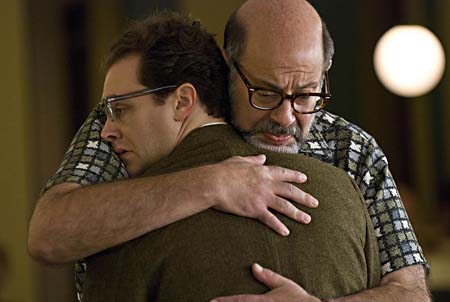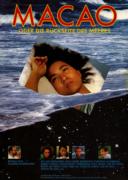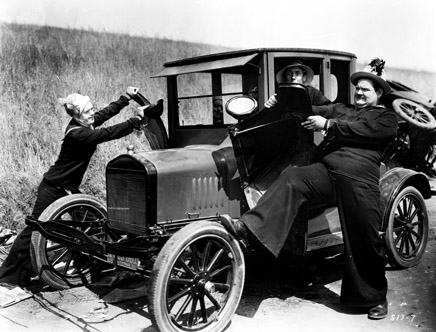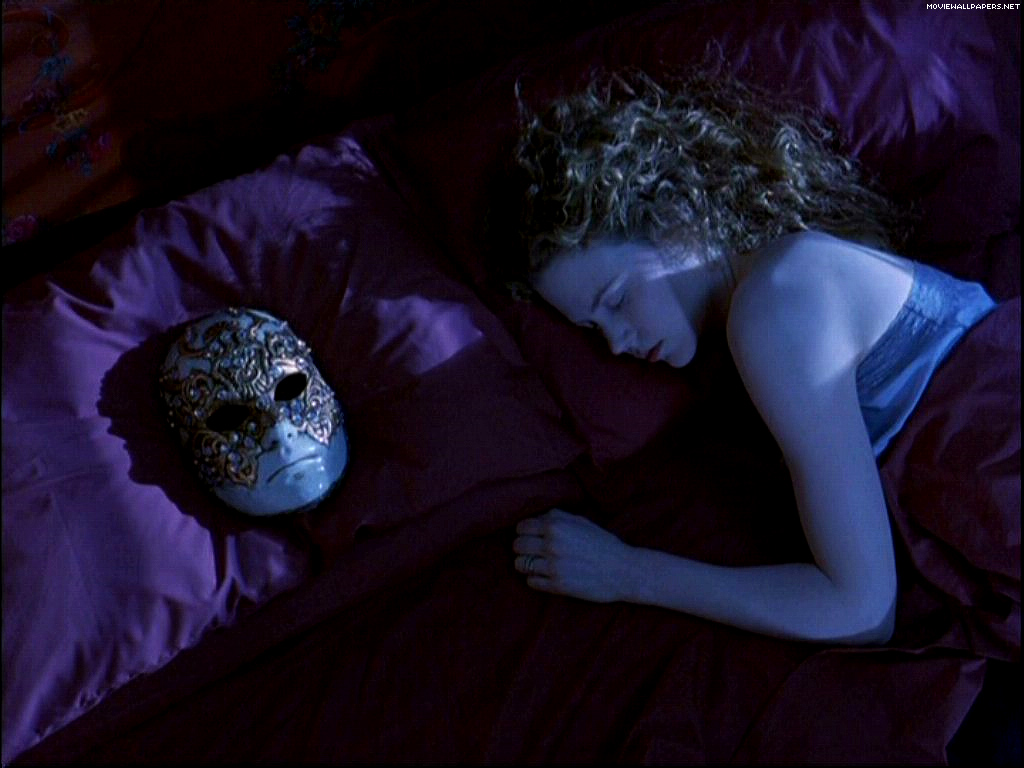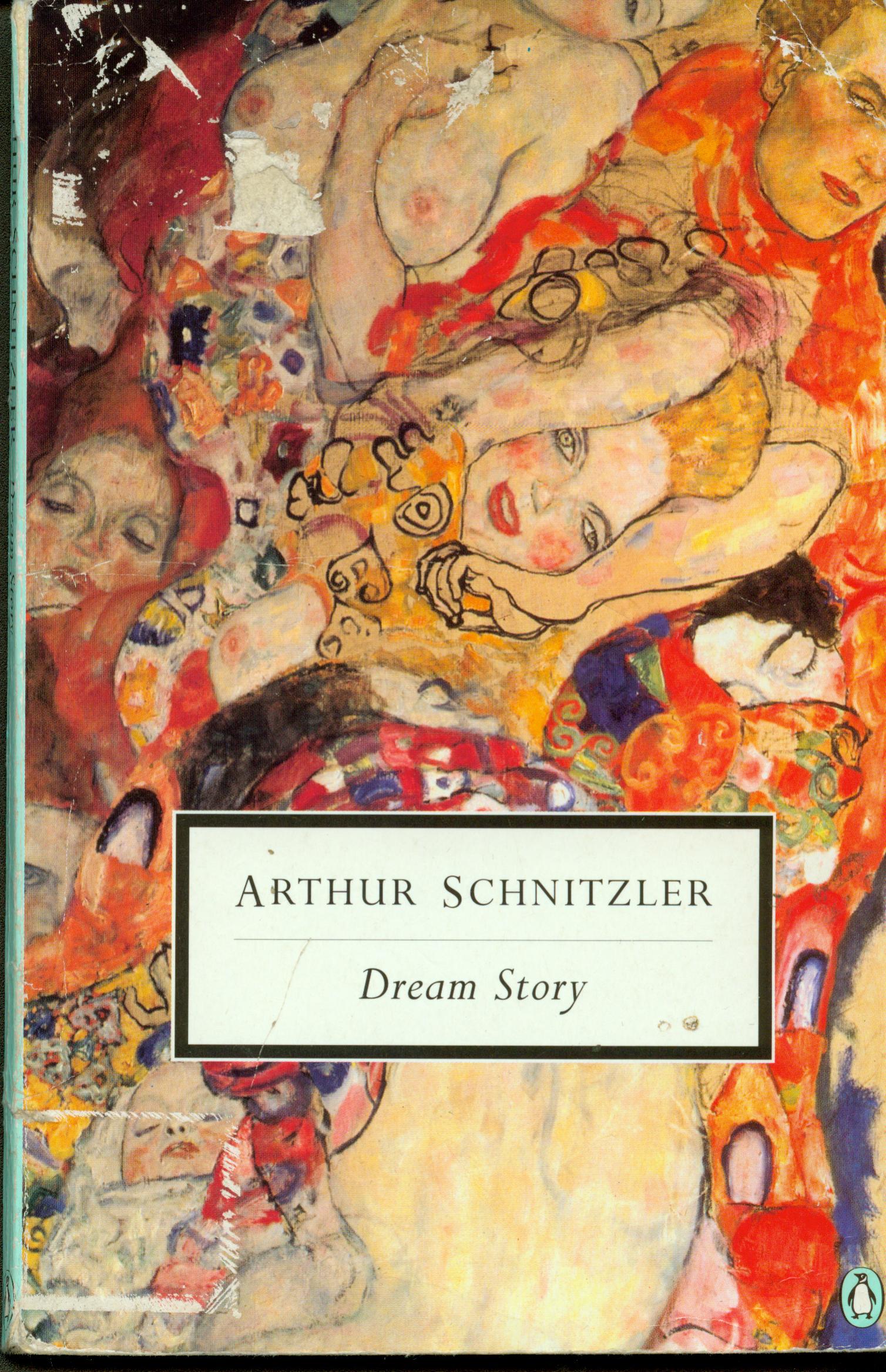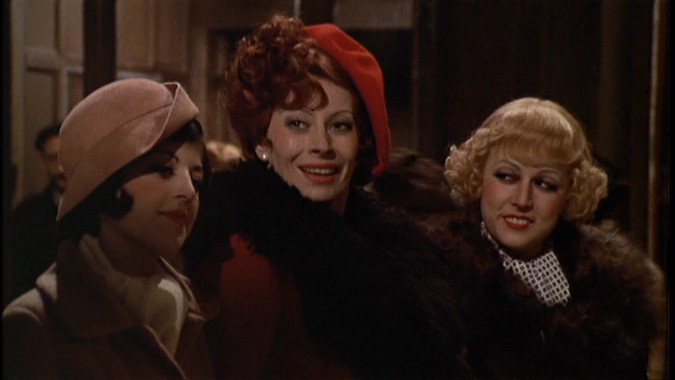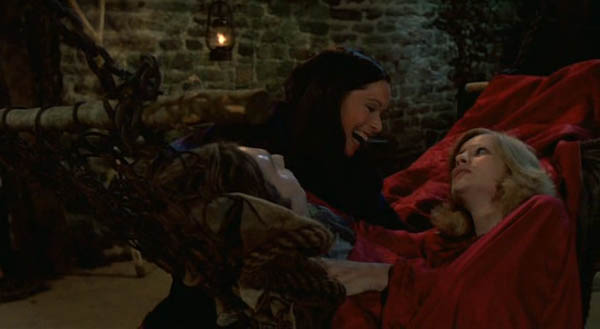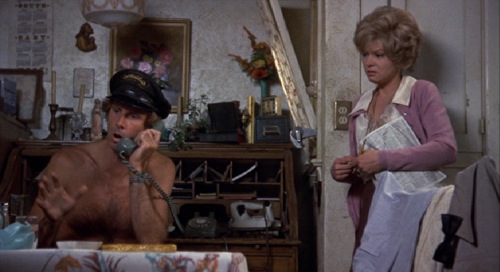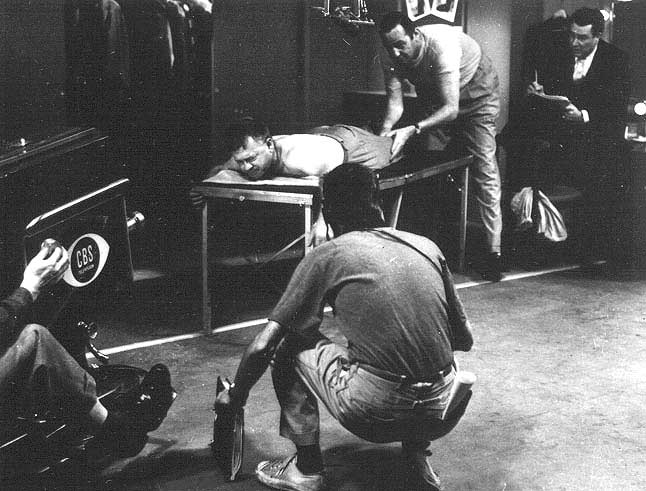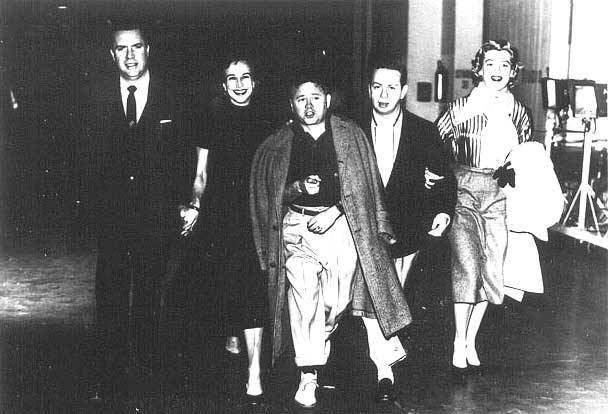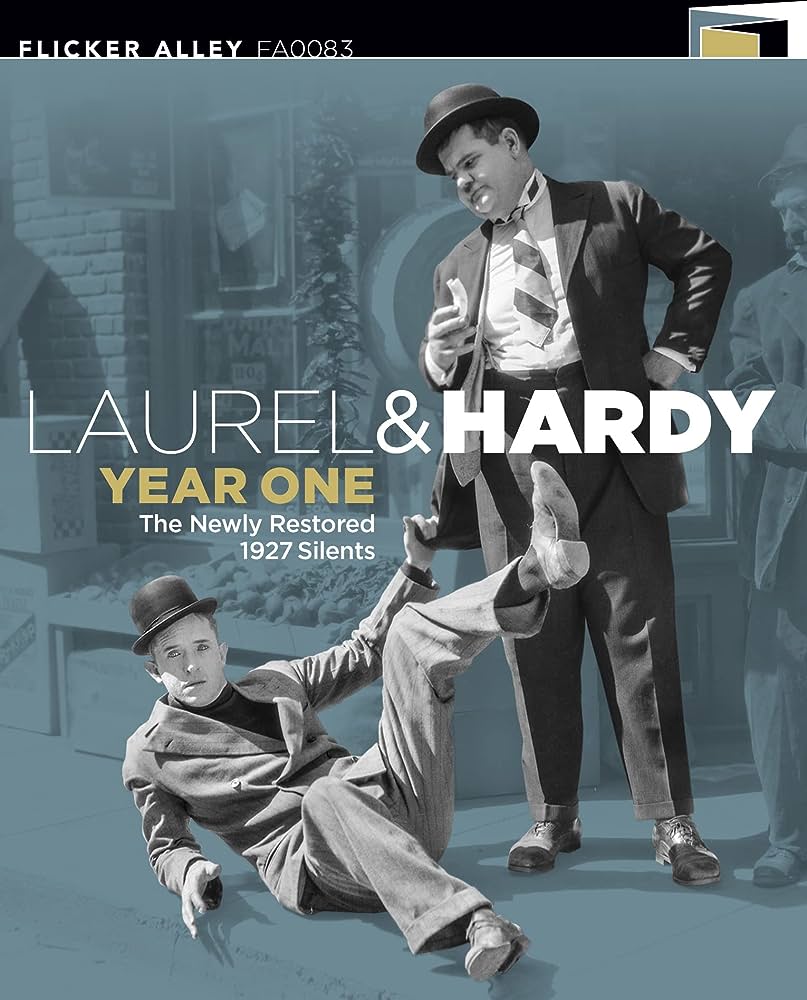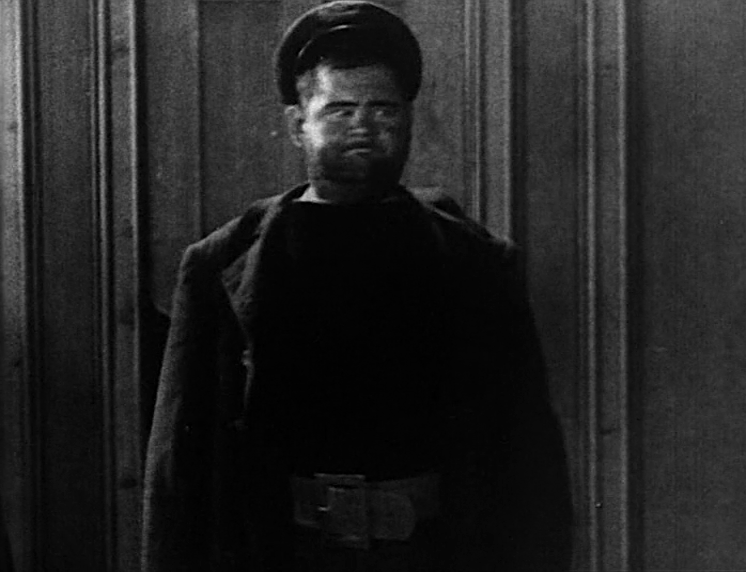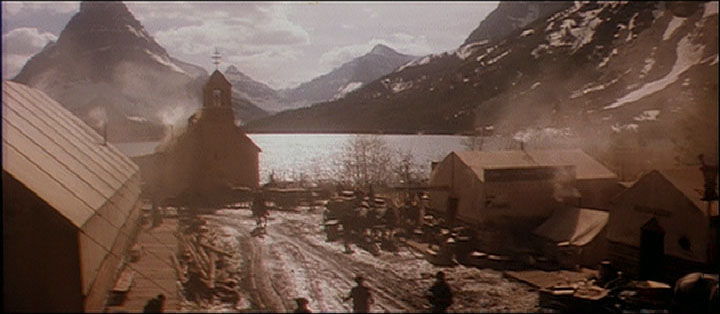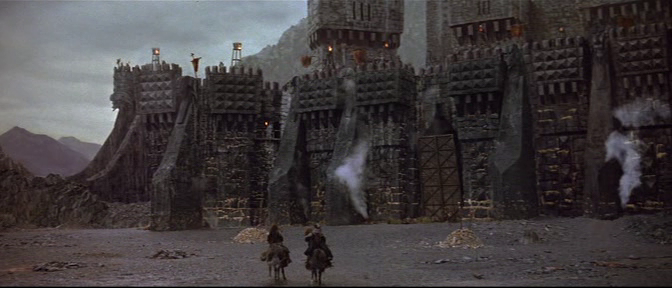Since I’m no longer a regular reviewer and never have been much of a fan of the Coen brothers’ special brand of scornful, smart-ass caricature, I’ve been slow in catching up with A Serious Man, which turns out to be one of their most interesting (not to mention most serious, or at least most “serious”) movies. Even though they’ll never come nearly as close to Franz Kafka as Kubrick does in the costume-shop sequences of Eyes Wide Shut, there’s something about their taste for surrealist nightmare that flourishes here when it’s tied to a sense of Jewish misery and doom; and even though their sense of period here is as post-modernist-faulty as it’s ever been, and some of their weirder forays are plainly misfires (e.g., the precredits sequence), their personal take on what it meant to be Jewish in Minneapolis in the 60s still carries a certain charge.
As for their penchant for stylistic pastiche, what’s most striking to me about the behavioral freakishness and geekiness on display here is the degree to which they seem to derive in this case from a non-Jewish model — specifically, David Lynch’s very WASPy Eraserhead. (If memory serves, the only other time that the Coens went in for Jewish stereotypes was in Barton Fink, and then their principal stylistic guides, Polanski and Kubrick, were both Jewish and specifically Eastern European in their gallows humor.) Read more

